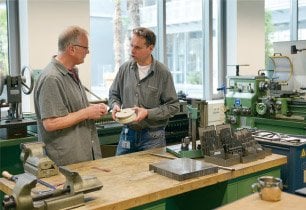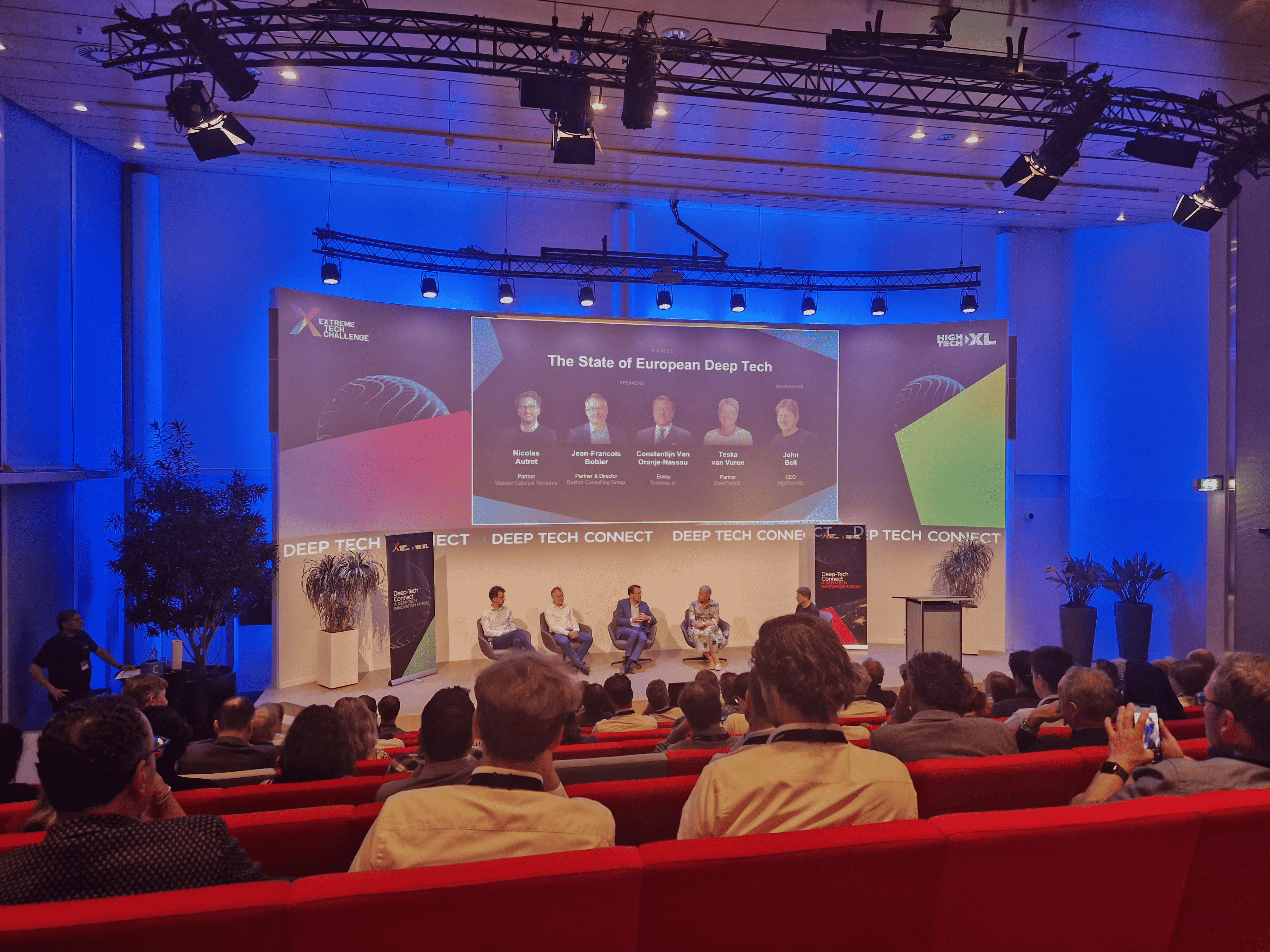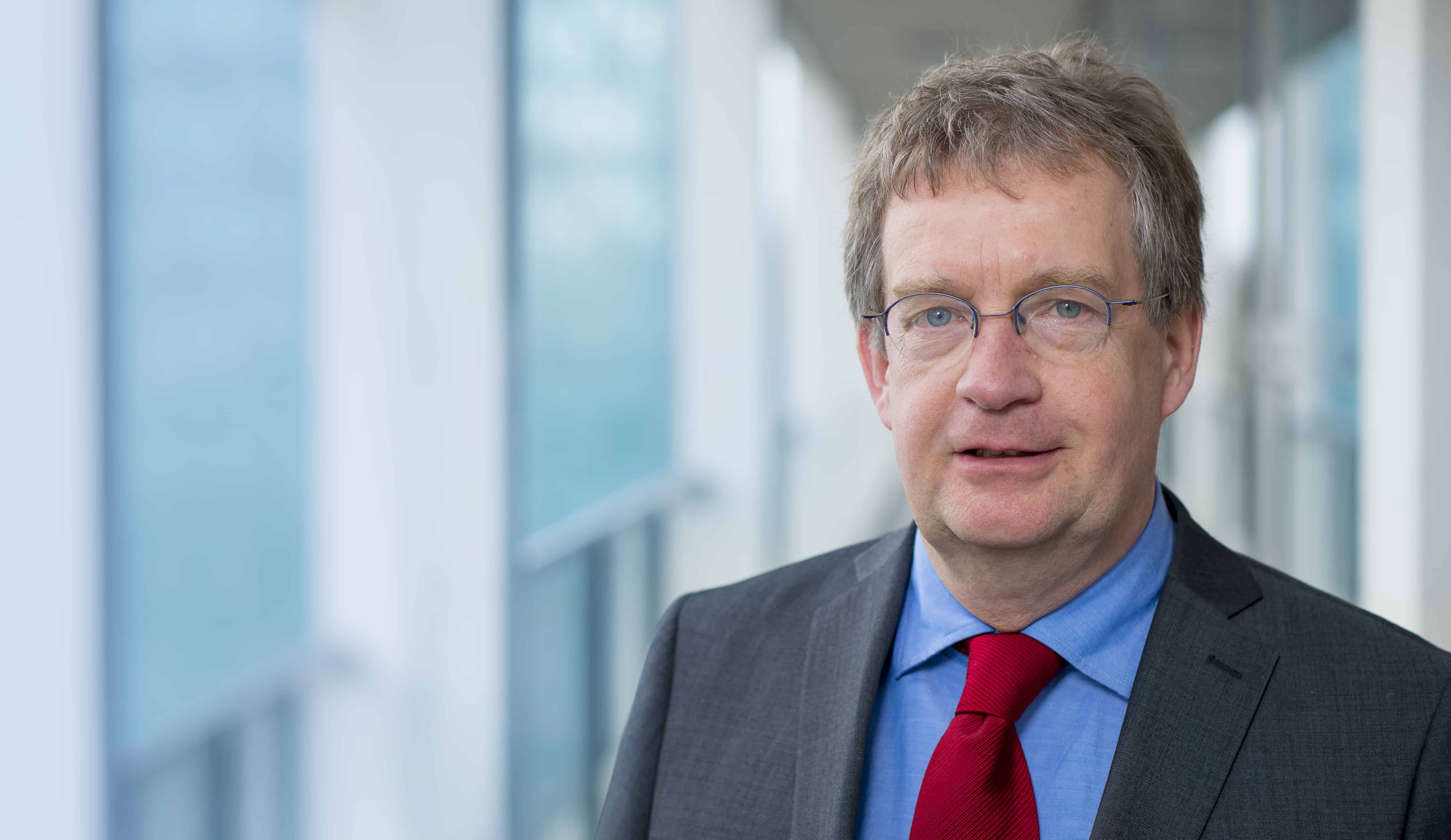
The proces of developing new products, techniques and systems goes in a fast pace. But before these innovations see the light of day there is a whole process prior to the product. Experimental setups, testing, adjusting and some more testing all with the goal to reach a working prototype. At the High Tech Campus, Philips has combined several prototyping workshops into three new service workshops.
Everything in the Service workshops is focussed on productdevelopment. An electronical, a mechanic and an assembly workshop. These workplaces guide innovation to a product. Philips uses the workshops for their own inventions for the most of the time. But they also work for clients on specific assignments. 30% of the time, the workplace is available for partners. “Small companies that don’t have acces to certain equipment or don’t have the knowledge or skills to develop a product on their own, are welcome to our Innovation Services. We have the expierence and the resources. Because we completed this proces over a thousand times, we can provide a high level of quality. Therefore it can be attractive for companies to outsource the prototyping to us at Philips”, says Frank Rutten he works at Philips Innovation Services.
Today he shows a small group of people around. “To say it quite simple: someone comes with an idea, then it becomes a sketch and here at the workshop, it gets assembled.” This can be anything, actually. Rutten holds up a device with rotary knobs and two little tubes. “This is a breastfeeding pump. Before a product like this can be sold, you have to be absolutely sure that it is safe to use. For example the pump must stop at a certain level of pressure. Here we test all those things. Everything comes through here, mechanic parts and electronical parts alike. Breastpumps but also computercasings.”
Not everything goes as expected, some sketches work on paper but the reality shows something different: “We can either send the sketches back to were they came from, or we can try to find a sollution for the problem ourselves. It depends on the kind of problem but it happens both. Especially with mechanic parts, you have to improvise a lot.” A shopworker – 40 year in service – shows his head from behind a machine: “The drawings you get from clients are not always that great, then you have to find a sollution yourself.” The machines in the room look antique, behemoths of units. When you see this, you don’t immediately think of high tech innovation. But nevertheless it happens here. Far before a product gets to the shop.

The electronical workspace is located at the sixth floor of the Philips building. “Products keep getting smaller, some electronical circuits are’nt workable by hand because they are too small for the human eye. To make it workable people use a microscope. On this floor there are many tools to search for mistakes in the solder or in the circuits. Repairing these mistakes is a lot cheaper than making a whole new product or part.”

In the back of the room works an employee with a microscope. “Eventually this will be a sportwatch, even now it is incredibly small, but in the next phase it gets even smaller. First this tiny little part has to pass some sustainability tests.”
Products or techniques that don’t make it to the next phase are shelved. It can either be the market or the product. “Sometimes the technique works perfect, but there is no market. For example, WiFi, that’s a good technique. But imagine what would happen if no computer would support it. Then it is useless. We have developed quite a few techniques were we don’t have any applications for yet.” Rutten can’t show or tell something about these techniques: “Till they hit the market mum’s the word.”









